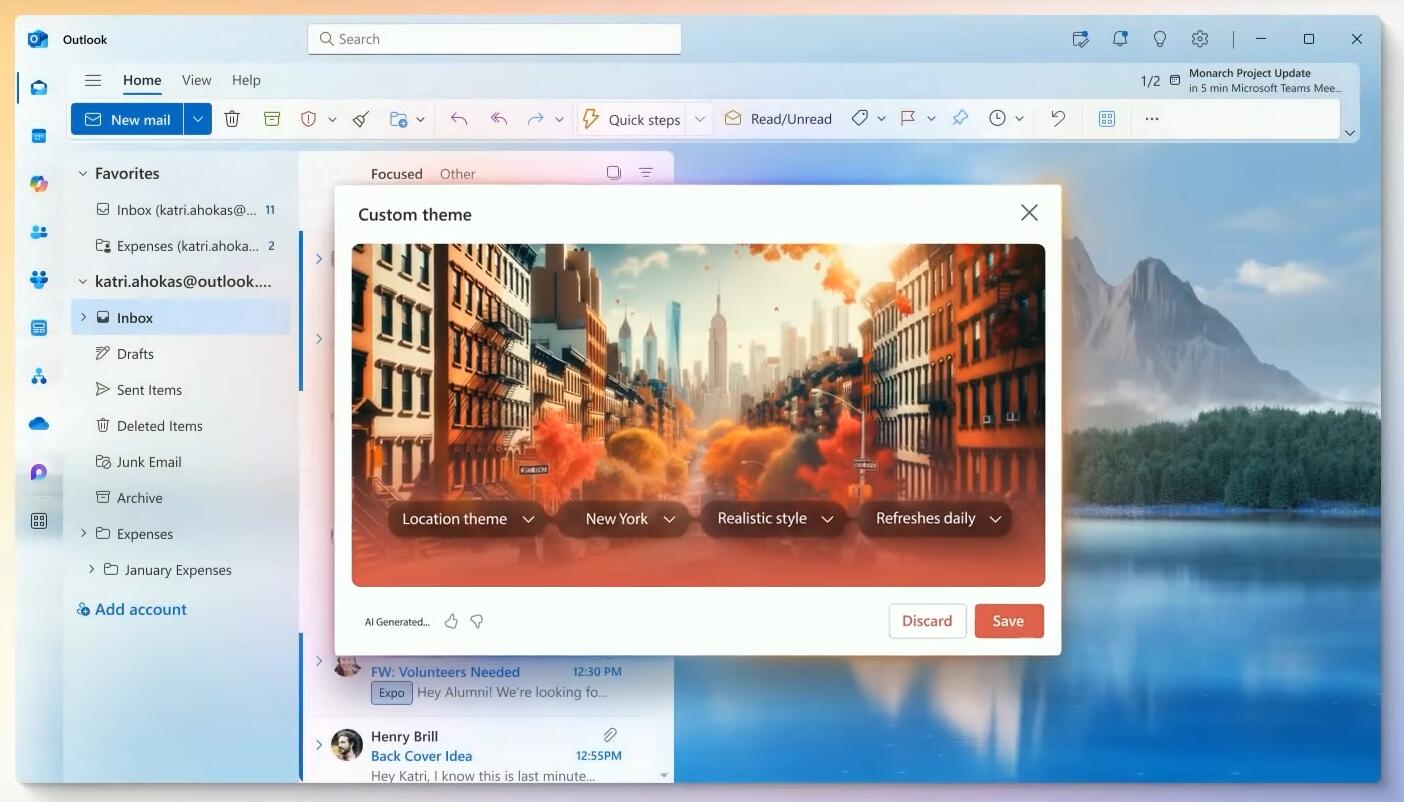Microsoft Integrates AI into Outlook for Enhanced Productivity
Microsoft integrates AI into Outlook, transforming it into a proactive assistant to enhance productivity under Gaurav Sareen's leadership.

Microsoft Outlook's AI Overhaul: A New Era in Productivity
Microsoft is embarking on a significant transformation of its Outlook email client, driven by the integration of artificial intelligence (AI). Under the leadership of Gaurav Sareen, a corporate vice president at Microsoft, the company is reimagining Outlook as a proactive assistant that anticipates user needs, automates tasks, and enhances productivity. This strategic shift aims to maintain Microsoft's dominance in the productivity software market, particularly as competitors like Google advance their AI-enhanced offerings.
Leadership and Vision
Gaurav Sareen, who has taken direct control of the Outlook division following Lynn Ayres' sabbatical, envisions Outlook as a "body double" that supports users in managing their workloads. With AI enhancements like Copilot, Outlook is set to become a powerful partner that automates tasks such as reading messages, drafting responses, and organizing schedules. This vision represents a radical transformation from a simple communication tool to an intelligent assistant.
Sareen's directive emphasizes rapid iteration, demanding weekly feature experiments instead of slower quarterly releases. This accelerated pace reflects Microsoft's urgency to adapt to an AI-driven market, especially as the company navigates the rollout of its "One Outlook" project—a unified web-based client intended to replace disparate versions across platforms.
Key Features and Development
The AI overhaul of Outlook focuses on deeply integrating AI into its design and functionality. Key features include:
- Automated Email Management: AI-powered tools will automatically read messages and draft responses, streamlining email management.
- Schedule Organization: AI will assist in organizing schedules and reminders, ensuring users stay on track.
- Advanced Analytics: Future updates may include advanced analytics to provide insights into communication patterns, helping users optimize their productivity.
To achieve these ambitious goals, Microsoft is adopting a more agile development approach. The Outlook team is expected to conduct rapid prototyping and testing, completing experiments in days rather than months. This shift underscores Microsoft's commitment to embedding AI as a core aspect of Outlook's culture.
Industry Impact and Future Prospects
The AI-driven transformation of Outlook represents a strategic shift in the productivity software landscape. By reimagining the email client from the ground up, Microsoft aims to set a new standard for digital productivity tools. As AI continues to evolve, so too will the capabilities of Outlook, potentially making it an indispensable tool for both personal and professional use.
The integration of AI could pave the way for new features that leverage natural language processing (NLP), allowing users to interact with Outlook through voice commands or conversational interfaces. Moreover, advanced analytics could provide users with valuable insights into their communication patterns, helping them identify areas for improvement in their productivity.
Challenges and Skepticism
While the initiative represents a significant opportunity for innovation, challenges remain. There is skepticism among employees regarding the effectiveness of these AI enhancements, and the tech community will be closely monitoring Microsoft's progress. The success of this initiative could not only redefine Outlook but also set a precedent for how AI can be integrated into productivity tools across the industry.
Conclusion
Microsoft's decision to overhaul Outlook with AI marks a pivotal moment in the evolution of email clients. As the company continues to integrate Copilot and other AI technologies into its productivity suite, users can expect a more intelligent and user-friendly experience. The future of Outlook appears promising, with potential for new features and capabilities that have yet to be imagined. As Microsoft navigates this transformation, the tech industry will be watching closely to see how AI-driven productivity tools shape the future of work.



